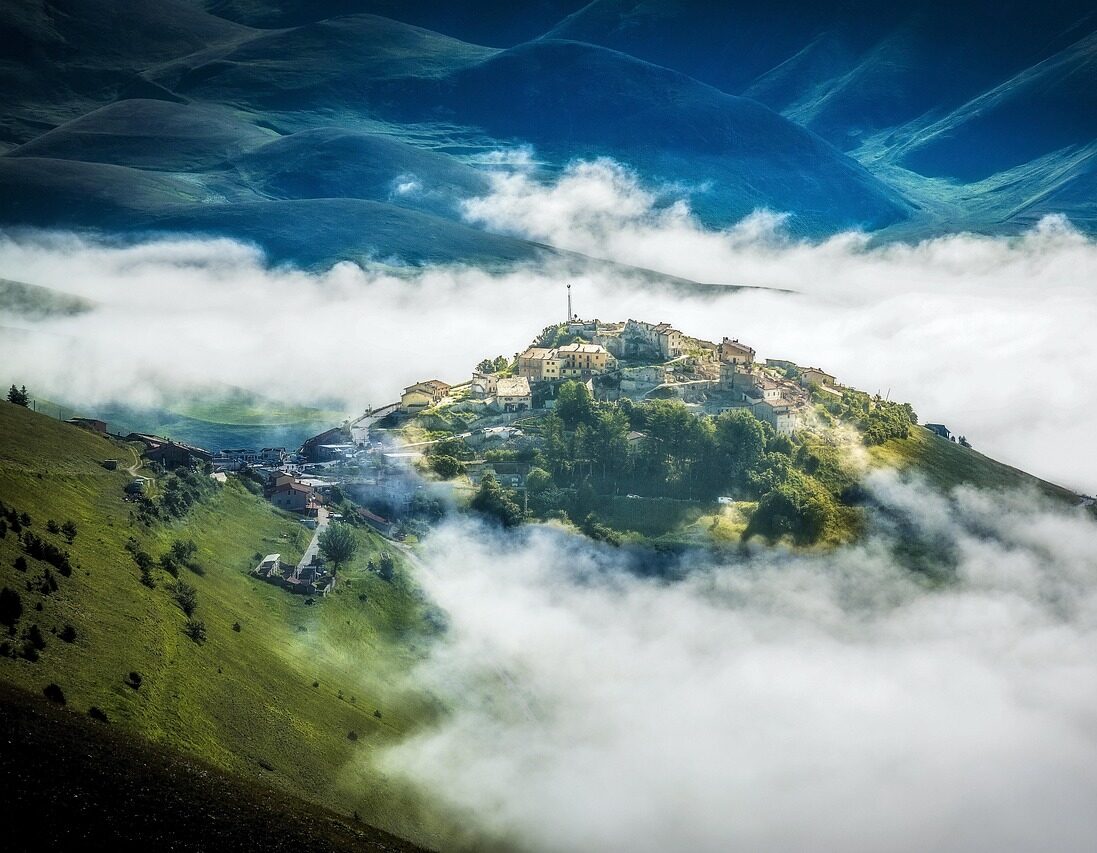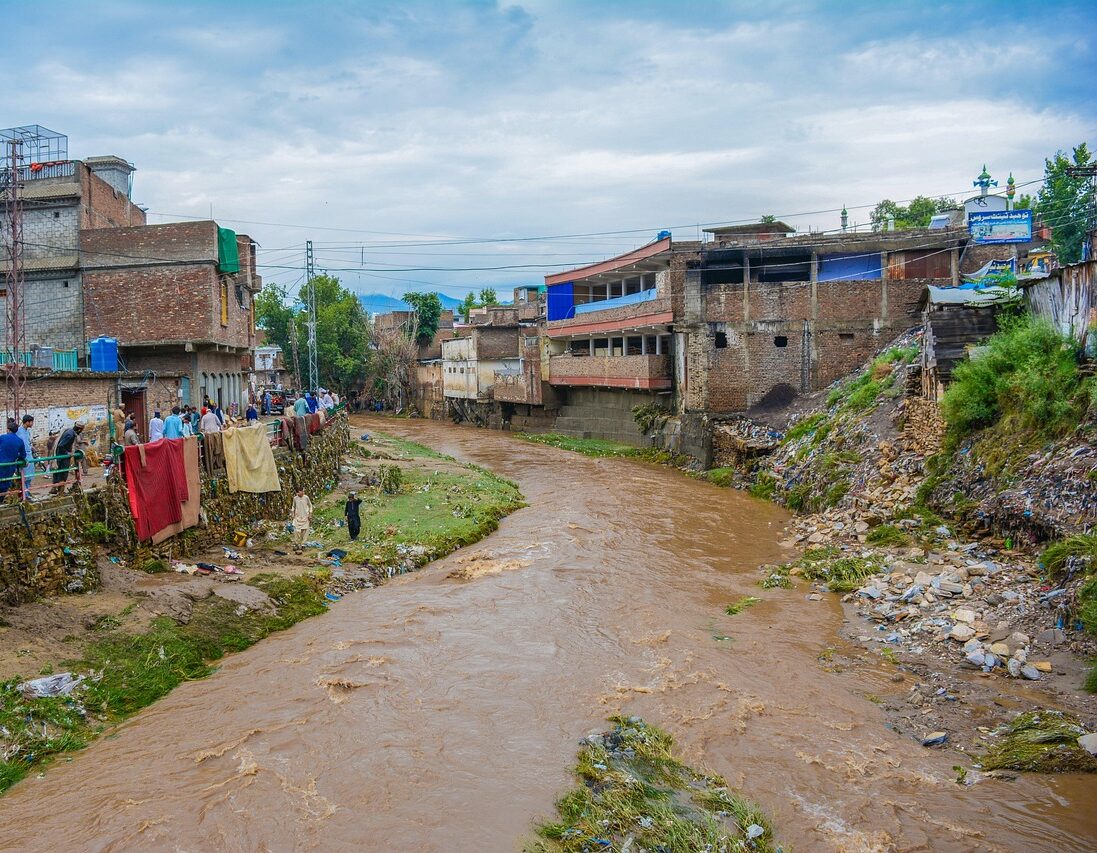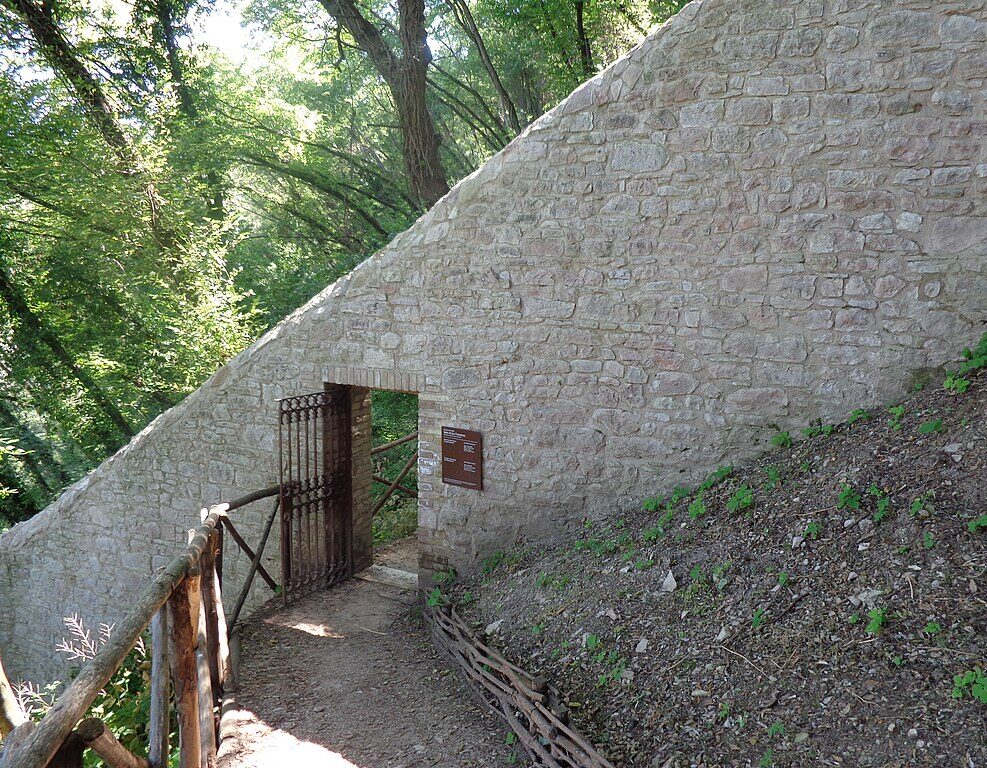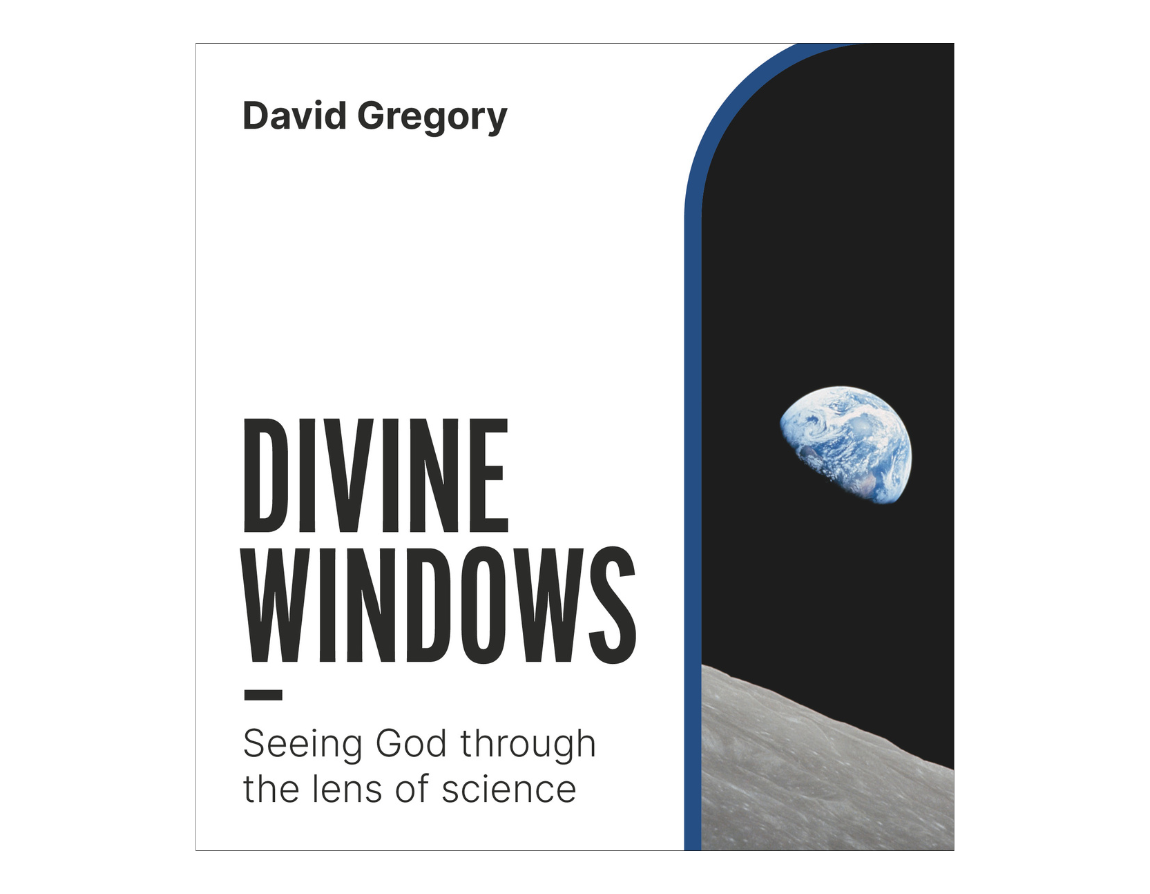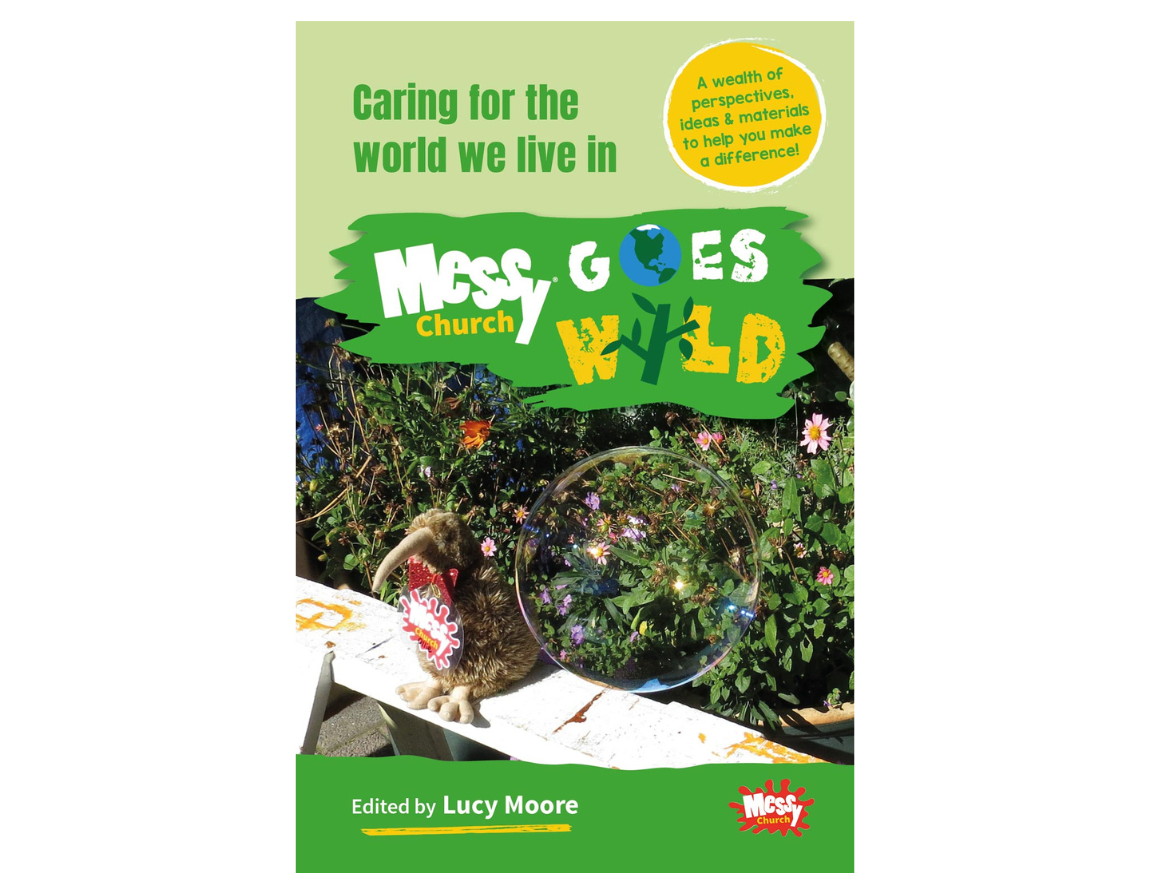Dave Gregory, Baptist minister and missioner for science and environment, reflects on themes of destruction and hope in the last of our articles marking Creationtide 2025.
28 September 2025
For the palace will be forsaken,
the populous city deserted;
the hill and the watchtower
will become dens forever,
the joy of wild asses,
a pasture for flocks.
Isaiah 32:14 (NRSV)
Ruins in the mountains
On either side of the border between the Italian regions of Umbria and Marche, you’ll find lots of ruined and forsaken villages. Running along the majestic Apennine mountains, the playground of St Francis and the early Franciscans, the region through long centuries has been prone to earthquakes.
The most recent one, in autumn 2016, brought disaster to many places. Campi, a medieval village nestling halfway up a mountain for safety, lies abandoned, its people living in temporary housing a decade later in the valley below. Castelluccio, on a high plain in the mountains overlooking fertile lentil fields, is no more. And on the road that winds up the mountainside above the beautiful town of Sarnano, where we stayed over the summer, the village of Piobbico lies deserted.
In past centuries many would have believed such devastation was God’s judgement on people who had left the path he offered to them and become prey to hubris and greed. That included the prophet Isaiah, for God had long warned of the devastation of the city and the land of which he speaks:
‘This day I call the heavens and the earth as witnesses against you that I have set before you life and death, blessings and curses. Now choose life, so that you and your children may live and that you may love the Lord your God, listen to his voice, and hold fast to him. For the Lord is your life, and he will give you many years in the land he swore to give to your fathers, Abraham, Isaac and Jacob.’
Deuteronomy 30:19–20 (NIV)

